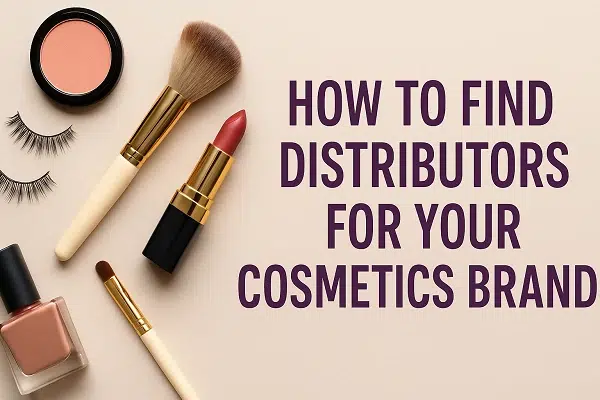Only in the last several years have beauty companies been vocal in advocating for diversifying product lines—particularly among skin-tone relevant products like foundation, concealer, contour and blush products. Diversifying the beauty industry is important to both consumers and brands.
Without a diverse product line, consumers will feel that they’re not being represented in your products and will likely look elsewhere for inclusive products. On your end as the beauty brand, not being inclusive to all skin types and tones will deter consumers and leave you missing out on massive profits. Here are a few reasons that diversity in the beauty industry is important to both consumers and brands, and how you can assure your products are inclusive to all.
Diversity Helps Your Brand
Consumers are smart, and they talk. Brands with diverse product lines get talked about on social media—and so do brands that are not inclusive in their product lines. Diversity in your product line can speak volumes and help get your product talked about naturally, encouraging consumers to do your marketing for you by talking about a new, inclusive beauty brand on the market that they hadn’t discovered before.
How to Offer Diverse Product Lines
A good rule of thumb in diversifying your product lines is to consider all skin tones when you’re creating a line and offer an equal amount of products for darker skin tones that you do for lighter ones. If you have three shades of dark foundation but nine shades of light foundation, consumers are going to think your brand is intentionally leaving out consumers with darker skin.
If you’re making a line of face cosmetics like foundation, concealer, contour, highlighter or contour, offer an equal amount of products for light skin tones as dark skin tones. If you don’t have the budget to offer a massive range of tones, maybe stick with products like lipstick or eyeshadow where you can get away with just a few versions of the same product to market to different skin tones.
Diversify Your Advertising
Hire models with different skin tones. You want consumers to see themselves in your product, and consumers with darker skin tones are not going to see themselves in your product if your advertising does not include darker skin.







